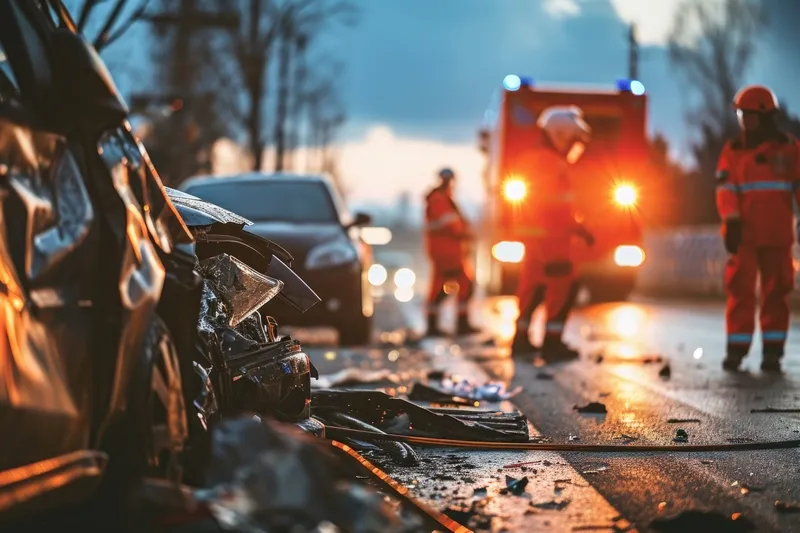
David Crawford sees hope for stricken patients on the wrong side of the border.
In treating patients with heart or stroke conditions, speed is of the essence. When the patient needs repatriation from another country, delay at a land border – especially one where there are tight security controls – can substantially increase the likelihood of death or permanent injury. Each year, some 750,000 US residents experience a stroke and around 160,000 of them die.
Strokes are the country’s third most prevalent cause of death, after heart disease and cancer, and the main cause of long-term disability in adults.
Patients need urgent treatment with a specialised clot-busting drug to minimise the risk to their health and lives. This can be delayed by border hold-ups for ambulances returning from a country where there may not be conveniently-located trauma level 1 (highest standard) or stroke recovery centres.
Mexico attracts over two million US visitors a year. The sister cities of Ciudad Juárez in Mexico, and El Paso in Texas, form a major binational conurbation with an economy attracting flows in both directions. An American who has suffered a stroke or heart attack and needs treatment in their own country travels northwards in a Mexican ambulance to the border, where correct paperwork is needed. Once cleared by US Customs and Border Protection (CBP), the patient transfers to an El Paso ambulance and is taken to a US hospital. If the paperwork is missing or defective, a US border agent has to travel with them, pending confirmation of their status.
Waiting times at the border can be an hour or more. A key contributory factor is that there is currently no means of notifying the CBP in advance that an ambulance carrying a critically ill patient is en route to the border.
In response, the
With funding from the TTI’s Center for International Intelligent Transportation Research, and the Texas Tech University Health Sciences Center in El Paso, the project aims to start by setting up permanent communication channels between the Mexican and US authorities. These will advise on planned patient transfers using e-mail, text messaging and phone links between office locations and mobile devices.
TTI principal investigator David Salgado told ITS International: “We’re looking, with all the relevant stakeholders, at the current operational protocols to identify the points at which they can be streamlined”. The aim will be to keep the CBP, and both the El Paso-based and Mexican emergency services, fully informed and coordinated in real time.
For speeding up the journey itself, TTI is looking at roles for ITS-based traffic information aids such as dynamic message signs and lane control signals. These will warn queueing drivers on the Mexican side of the border that specific lanes need clearing for an approaching ambulance.
In a further stage, CCTV arrays will detect when the ambulance is nearing the US port of entry. They will also pick up any evidence that the designated lane is not yet completely free, allowing the border personnel to take action.
Finally, equipping Mexican ambulances with GPS-based automatic vehicle location units will enable their continuous monitoring from both sides of the crossing.
Salgado sees scope for extending the scheme to other land ports of entry along the US/Mexico and US/Canada borders, as well as to support emergency vehicles dealing with binational crises, such as wildfires, floods and earthquakes. Outside North America, the TTI is exchanging information with the Saimaa University of Applied Sciences in Lappeenranta, Finland.
The city lies some 30km from the Russian border and is a favoured destination for Russian visitors. The university is interested in the prospects of such a service being of value to Finnish paramedics.









